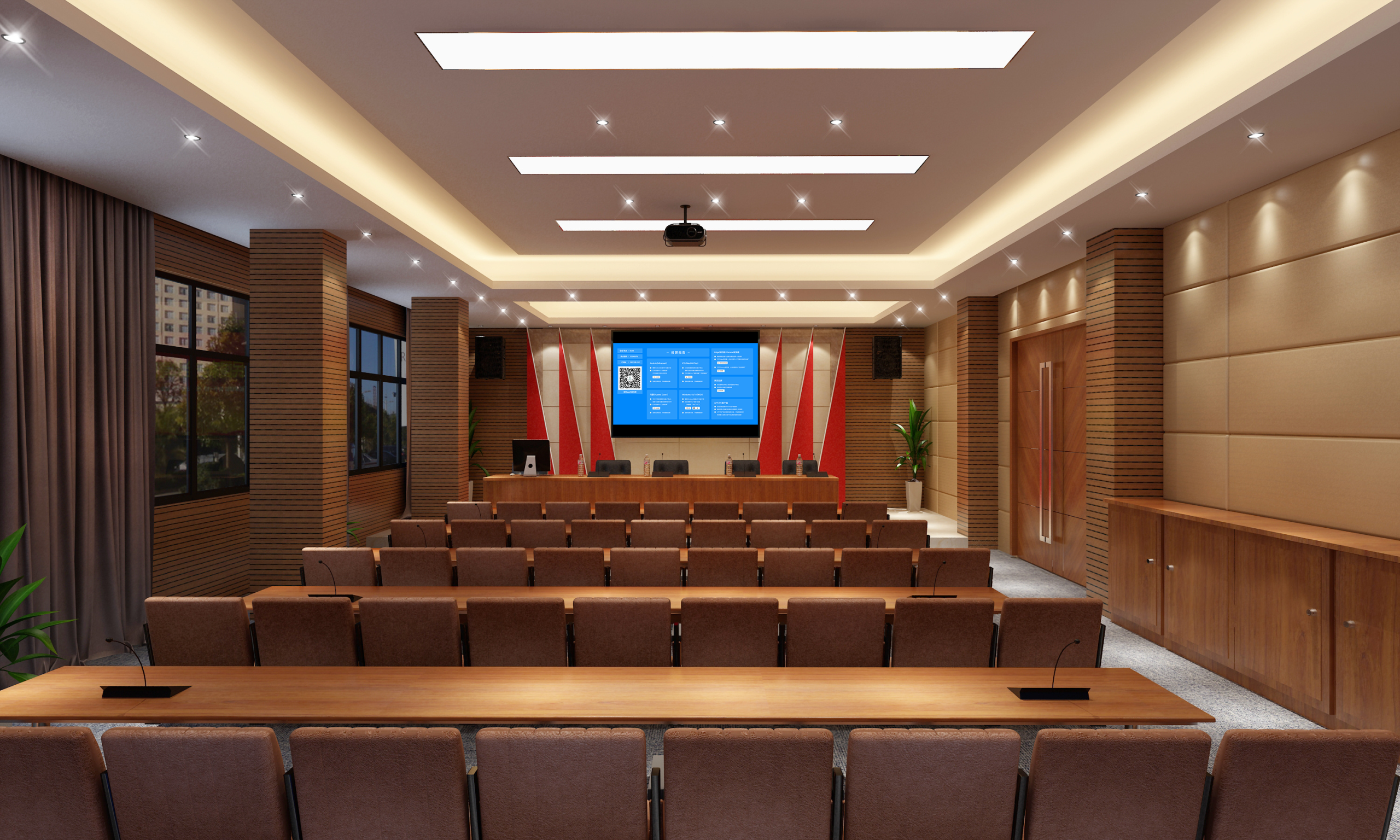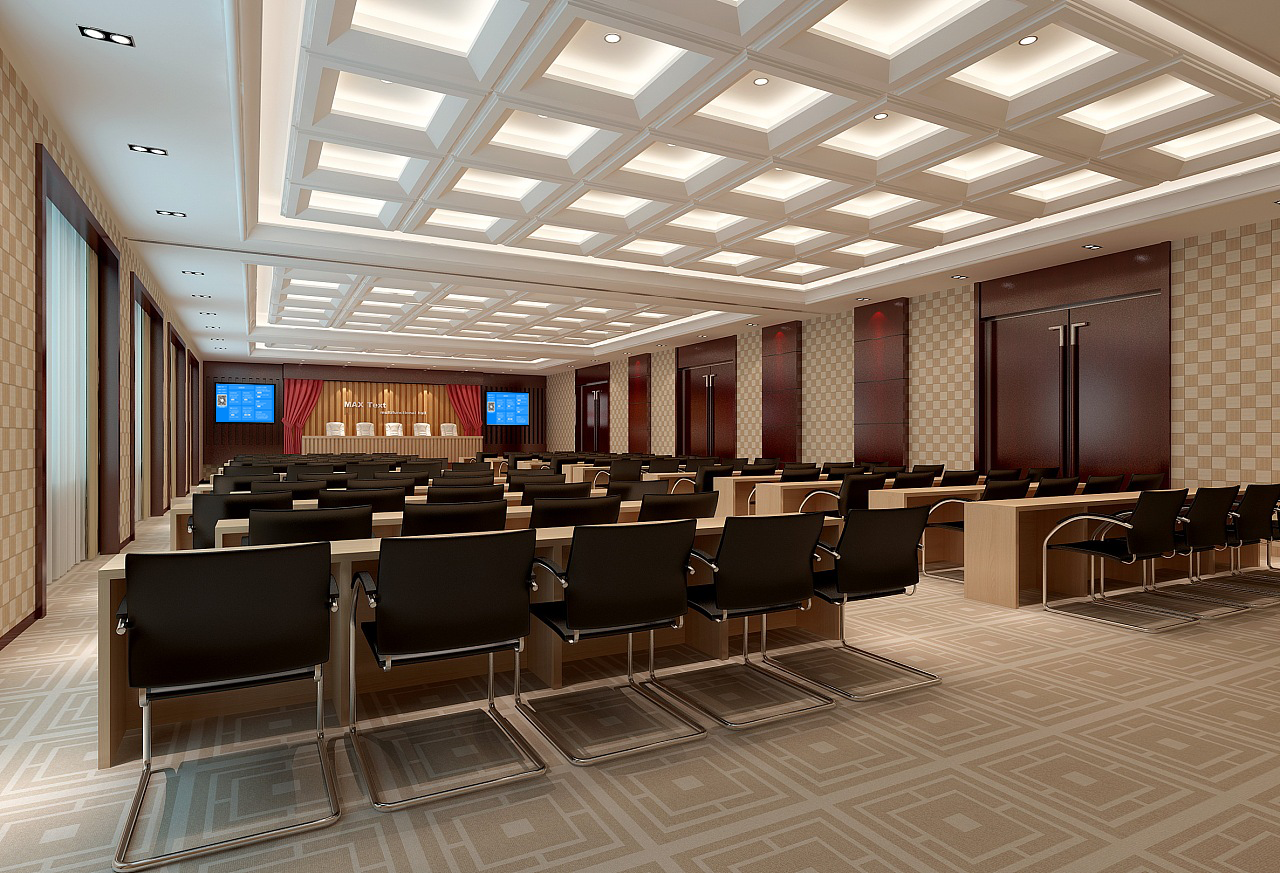RTSP Streaming and Recording: A Collaboration Solution with Phone Screen Mirroring
The combination of RTSP streaming and recording with phone screen mirroring is breaking down the boundaries of content acquisition and dissemination. With the technical integration provided by Bijie’s screen mirroring devices, the instant content from phone mirroring can be smoothly integrated into a recording system. At the same time, recorded streaming media resources can be flexibly displayed via phone mirroring, making content flow more efficient and meeting the content application needs of various scenarios.
Two-Way Integration: Seamless Link Between Phone Mirroring and Recording
Bijie’s screen mirroring devices have an integrated RTSP protocol module that enables two-way communication between phone mirrored content and a recording system. When you mirror your phone, the screen and audio are converted into an RTSP stream in real time by the Bijie device and are directly fed into the recording system. Whether it’s courseware or live demonstrations mirrored from an iOS or Android phone, the recording system can accurately capture it. The recorded screen has no fragmentation, and the audio-visual synchronization error is controlled to be within 20ms, avoiding screen lag or audio delay that can happen with traditional mirroring and recording.
At the same time, RTSP streaming media resources stored in the recording system can also be mirrored back to a phone via a Bijie device. You just need to select the corresponding streaming media link in the recording backend. After the Bijie device transcodes it, you can scan a QR code with your phone to mirror the streaming content to a local large screen. It supports functions like fast playback and progress dragging, and there’s no need to install an extra player. Even older phones can load it stably, with compatibility covering over 95% of mainstream models.
Integrated Functions: More Flexible Content Applications
With the protocol conversion technology of Bijie’s screen mirroring devices, you can perform “picture-in-picture” recording when mirroring your phone. For example, when you’re mirroring a lab demonstration, the recording system can also capture the teacher’s explanation from the camera at the same time. The Bijie device integrates the two into a dual-screen RTSP stream, which can be directly used for post-production editing after recording. This eliminates the step of stitching materials from multiple devices and increases content production efficiency by 40%.
After a recorded RTSP stream is mirrored to a phone, it supports a “partial mirroring” function. In a discussion scenario, if you need to highlight a specific part of an operation in the streaming media, you can use your phone to select the corresponding area, and only that portion will be displayed when mirrored to the large screen, without affecting the original streaming media playback. This makes it easy to focus on key content for discussion. At the same time, you can annotate the mirrored streaming media on your phone in real time, and the annotations are synchronized to the large screen and automatically embedded in the recorded footage, creating a secondary recorded resource with annotations.
Practical Value for Multi-Scenario Adaptation
Classroom Recording Scenarios
In the classroom, a teacher can use their phone to mirror drafts on the whiteboard or lab steps for display. The Bijie device converts the mirrored content into an RTSP stream and feeds it into the recording system for synchronized recording with the teacher’s lecture, creating a complete classroom resource. After class, students can use their phones to scan a QR code and mirror the recorded RTSP course stream to a tablet for review. When they annotate key parts, the information is synchronized to the teaching platform, making it easy for the teacher to understand the students’ knowledge gaps and adjust their teaching content accordingly.
Meeting Recording Scenarios
During a meeting, attendees can use their phones to mirror a case study video they brought to the meeting, which is integrated into the recording system via the Bijie device, ensuring the recorded content is complete and nothing is missed. After the meeting, the recorded RTSP meeting stream can be mirrored to a department’s small screen for quick review by those who weren’t there. When mirroring, you can jump directly to key discussion points, and multiple people can use their phones to mirror different parts of the recorded content simultaneously, which is more efficient for comparing and analyzing meeting highlights.
Training Recording Scenarios
At a training session, an instructor can use their phone to mirror a demonstration of an operation flow, and the recording system captures it synchronously to generate an RTSP stream. When the training requires small group discussions, each group can use their phones to mirror a key segment of the recording to a group screen for a side-by-side comparison with the actual operation. Questions annotated on their phones during the discussion are displayed on the mirrored screen in real time, so the instructor can provide commentary on the annotations directly when walking around. This increases training interactivity by 30%.
The collaboration between RTSP streaming and recording and phone screen mirroring, with the technical support of Bijie’s screen mirroring devices, solves the problem of a single content acquisition source in traditional recording and expands the ways in which streaming media resources can be displayed and interacted with. Without complicated device setup, instant content can be easily recorded and existing resources can be flexibly reused, redefining the boundaries of streaming and recording content applications.